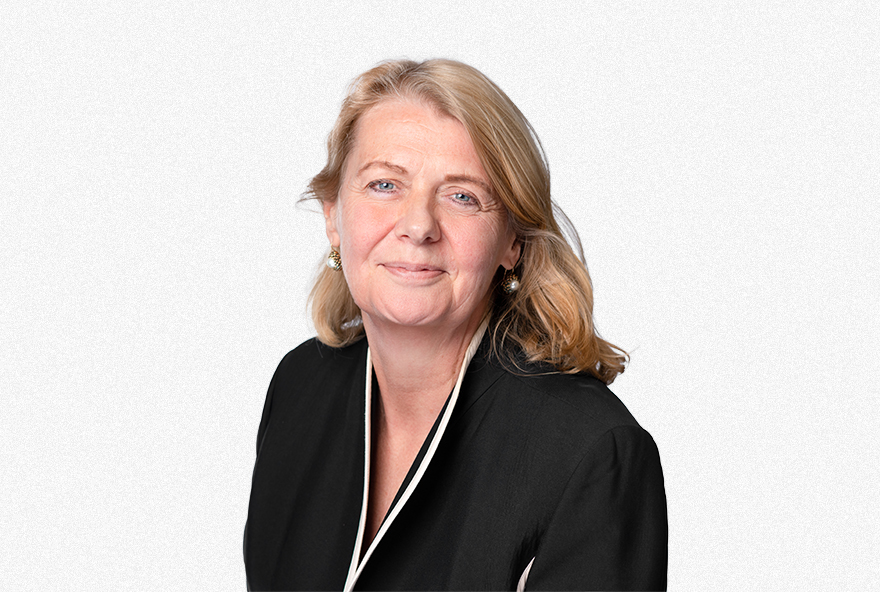
Article originally appeared in The Australian, 15 November 2019
Here we are 12 months out from the US presidential elections. So what will the coming year bring to investors when equities and bonds are already trading at record highs and where monetary policy has already reached its accommodative limits?
How can investors both protect their portfolios and generate a reasonable return?
We know that where the US markets go, so do world markets and in the year leading up to the US elections, markets will be both volatile and benign.
Markets will be volatile day to day as they react to the regular barrage of political, economic and corporate news.
And there are more than usual major political and other events on the horizon.
We know how difficult it is for incumbent heads of state to get re-elected when the signs of a contracting economy are already flashing red. Which is why the year ahead will also be benign as politicians and policymakers collaborate to wring every last day from this already overextended expansionary cycle.
Both groups are well aware of the length of the cycle, the state of the yield curves, the weakening of global growth and the early signs of faltering corporate profits.
The probability of a US recession in the next four quarters sits between a quarter and a third.
So how should investors position their portfolios in the next 365 days? You need to take two major steps.
Get positioned
Position portfolios for a year in which markets may well end at similar price points to which they begin, and in which the vast bulk of total investment returns will come from dividends and distributions. In other words, invest for income not growth.
We remain in a “lower for longer” world in which the falling return on cash (the risk-free return) is dragging back the return on all risky assets.
When government bonds are yielding only 1 per cent and term deposits 1.5 per cent, then expected credit yields are in the 2-3 per cent range and high yield and equity income expectations in the 4-5 per cent range.
Be very wary of investments spruiking 8-10 per cent income. Such “income” can only be achieved through partial returns of capital, the use of risk-increasing leverage or other derivatives or from other fundamentally higher risks inherent in the investment.
Prepare for the worst
Investors should position their portfolio so that if a recession does ensue post-November 2020 they can withstand the worst impacts (typically this means double-digit capital losses).
So as we approach calendar quarters three and four of next year, make sure your portfolio is liquid enough and you have identified the switching options to dial down total risk.
For 70 per cent growth investors, that might mean going to 50-60 per cent growth during a period of heightened recession risk.
Developed equity market valuations are fully valued, so there’s no bargains there. Expected earnings per share growth (particularly offshore) do remain positive and (provided forecasts are not based on the trickery of reducing the number of shares on issue) might result in some share price growth.
For investors, though, it’s still best for now to invest for the income return and to find those “dividend giant” companies whose earnings are so good, so reliable and so predictable that the dividend stream will keep growing and the share price will bounce back quickly when it falls.
Unhedged offshore equities will be protected to some degree by the falling Australian dollar and there are also pockets of value in Asia and emerging markets.
If surplus cash is available, then wait for some of the expected volatility to materialise and deploy that surplus capital at lower prices.
Passive investments will provide no protection in a falling market and passive investors will bear the full pain of whatever markets dish out. While active management has been inglorious these past few years, this is not the time to go tactically passive.
The time may come also through the course of the year when selected investment grade corporate bonds and even government bonds become attractive again.
Alternatives are another portfolio “must have”. Care is needed as flows into this asset class over recent years have pushed prices up but private equity, private debt, real estate and infrastructure are all ideal diversifiers of core equity and bond risk in portfolios.
Ultimately, cost-effective diversification is always and everywhere a great portfolio protection.
Finally, no portfolio should be without a cash allocation at all times, notwithstanding the lousy rates that cash is earning. Cash remains the best free option and as we approach a potential turning point in financial markets post the US elections, investors are urged to have more cash, lots more, rather than less.
Sue Dahn is a partner at Pitcher Partners and was recently voted No 1 among Australia’s top financial planners in The List: Australia’s Top Financial Advisers





